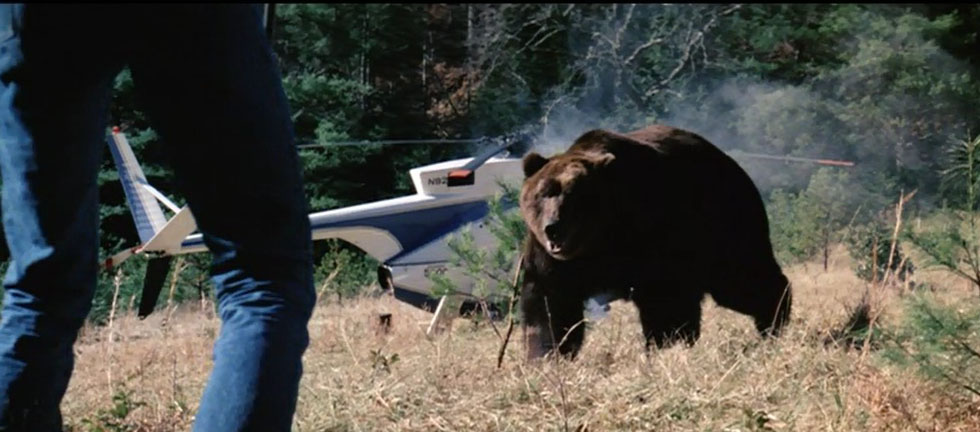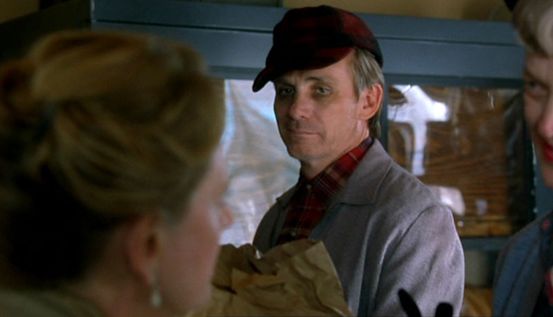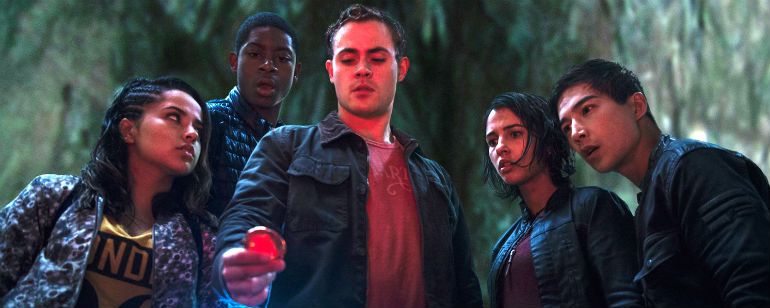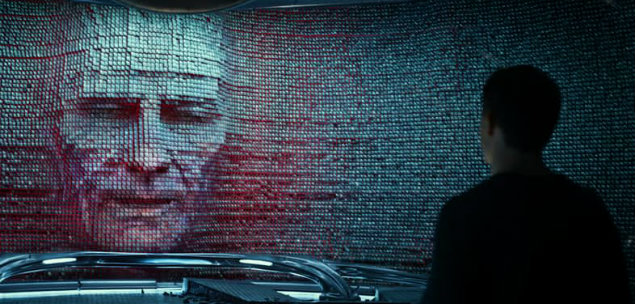Awful movies exist everywhere. Each one is released under
different circumstances. Some are produced to intentionally be bad, while other
times they just come across bad, but never wanted to be interpreted that way.
The ones that are purposefully made to be horrible are made by filmmakers and
studios who are just looking to make a cheap cash-in no matter how terrible the
end result is. The best example many people might think of, that comes close to
those descriptions would be either The Asylum or Uwe Boll. And then there are
people like Tommy Wiseau or the man who made this movie, Neil Breen. It may be
hard to believe but these two guys have a lot in common when it comes to how
much they think they are a gift to the world. Both have a never ending ego that
propels them to continue making their movies no matter what others say. They
truly think their work is a high art that is at the same level as many of the
other critically acclaimed films that have been released. Or so they think. As
bad as this is, it is worth it.
 |
| Neil Breen and his,....smile |
Crediting himself to almost every single film crew position
available, Neil Breen has taken on more roles than other thespian in existence.
This is also probably why his film makes practically no sense. Neil Breen plays
Dylan, a man who once found the love of his life before he hit his teens.
Together, he and his then love Leah (Jennifer Autry) discover a magic token.
Skip decades later and Dylan still holds this thing dear to him. Even after
getting into a serious car accident. His current girlfriend Emily (Klara
Landrat) is a struggling drug addict and a neighboring family is having their
own strained relationships next door. Jim (David Silva) and Amy (Victoria
Vivieros) have differing motives. Amy wants to relax because her job is hard
and Jim wants to fornicate, mostly because he's always drunk. Plus Amy's
stepdaughter Aly (Danielle Andrade) has to deal with their bickering. All the
while Dylan has found a way of hacking into corporate systems that contain secrets
and suffering from paranormal headaches.
Everything is about as fragmented as it gets. The writing is
like trying to put a square peg into a round hole. It just doesn't work. What
Breen did here was try to make a movie that have every single genre in its
story. As a result, the play out is generic and feels alien. There are several
unfinished subplots mainly because nothing is done with them to begin with.
Throughout the running time there's a character in black that goes around
walking from place to place and it is never revealed who they are, what they
want, what they represent, etc. The subplots themselves don't exactly fit
together either in any smooth way. The Jim and Amy couple argue to no end, but
have no impact on Dylan or Emily in development. So why bother including them?
Also the stepdaughter has a sequence where she waltzes into Dylan's house naked
to arouse him, only to be sent away by Dylan. And the significance of this
scene was? If it's not going to go anywhere, why include it in the script?
Breen's storytelling is like a maze.
Later on Dylan meets Leah again all grown up but for the
most contrived reason, being that one had written in a notebook way back and
held onto it for years. Really? Let's not forget the acting from the cast or
the dialog to boot. Wow is this treasure trove of people who are not invested
in the project they are making. Everyone from the top down can't deliver a line
in any form that sounds natural or believable. What probably aided the
deliveries to be so bad was due to how bad the lines are written. Some
conversations don't even relate to one another, making the association
incoherent. There are only a few redeeming qualities to this horrendous film.
Of the cast, the only actor who stands out is Neil Breen and not because he's
the best actor. Far from it. What makes his performance so amazing is because
of how he has control over this whole thing, stars in it and can't even be a
leading man. No emotion is put into his lines; everything is monotone. And this
guy thinks he is making mainstream movies? What a laugh.
 |
| "Help me, I've signed onto the wrong project!" |
And that's by far the strongest highlight. It is because of
Breen's emotionally void showing is what makes this viewing experience so
funny. The main genre this film takes place in is a fantasy, science fiction
thriller. Yet comes off like a comedy because of Breen. And this isn't his only
stinker. Breen made two other films before this and basically gave the same
kind of product. The two films were Double Down (2005) and I Am Here...Now
(2009). The next best thing to Breen's acting is the cinematography handled by
John Mastrogiacomo. Mastrogiacomo also has one other credit, which was to
Breen's I Am Here...Now (2009). For what it's worth Mastrogiacomo gets some
pretty background shots of the desert. Much of that is clear and vivid in its
display. Interior shots are mostly okay but could use some improvement. The
music was also adequate but that's probably because the music was just stock
audio. There's no way Breen was a music director like he so proudly credits
himself at the end. Yeah ok.
Points Earned --> 4:10











